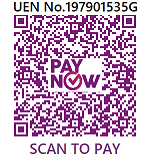20 Nov 2023
Electronic Road Pricing (ERP): Singapore’s Solution to Traffic Congestion
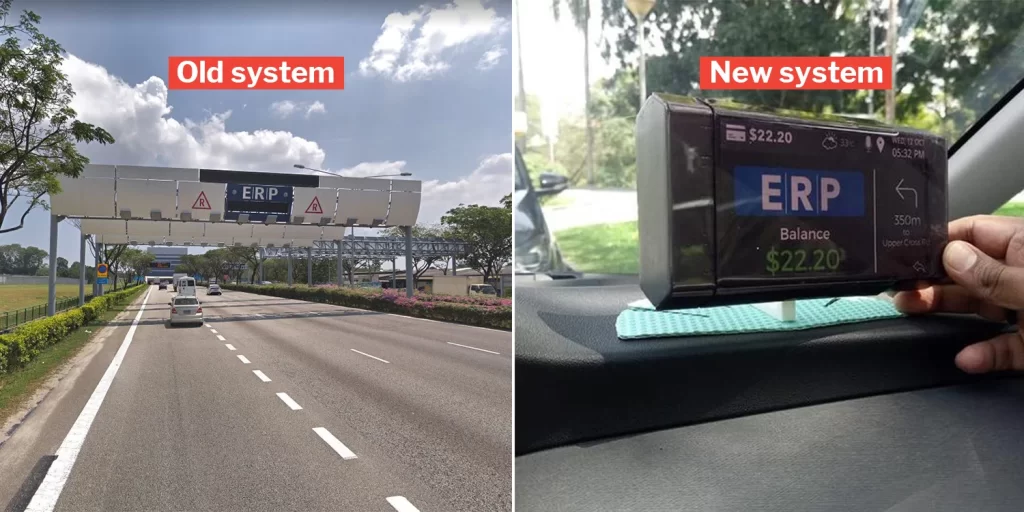
The Electronic Road Pricing (ERP) system was introduced by the Singapore government in 1998 to prevent traffic congestion. The Area Licensing Scheme levies a flat fee on vehicles entering the Central Business District (CBD) in Singapore. It is similar to the Toll Fee System “TollPass Eurobox” in 12 European countries as well as our neighbouring country, Malaysia and many others.
ERP gantries that are set up at the busy roads use RFID technology to automatically charge vehicles passing the gantries during operating hours.
ERP rates are set depending on how congested the roads are. During Low traffic period such as public holidays or the long June / December school holidays, charges are reduced as there is forecasted lower amount of traffic on the road.
In between the financial year, if there is an increase in traffic on a particular expressway, the charges will be reviewed or increased accordingly.
Singapore installed ERP gantries not only on expressways, but also in Central Business District (CBD) areas to impose congestion fee on all vehicles entering the Central Business District (CBD).
The ERP rate ranges from $0.50 to $6.00, generally ERP fee is around $2.00 to $4.00 in the morning and afternoon and is adjusted every 30 minutes.
You can refer to the One Motoring website for real-time road conditions and traffic alerts, including road works, vehicle breakdown and faulty traffic signals.
How does it work?
The vehicles registered in Singapore are equipped with a device called “In-vehicle unit” (IU).
This IU is linked with the ERP gate which transmits the fare and automatically deducts from the stored-value card inserted in the IU.
If the IU is not properly installed or the balance of the card is insufficient, a fine will be imposed.
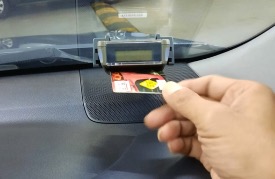
What is a Stored-Value Card?
Stored Value Cards (SVCs) are a smart card-based alternative to cash. SVCs contain a chip which stores currency and processes transactions. SVCs can verify and perform financial transactions in an “offline” mode, versus traditional debit/credit cards.
There are three type of stored-value cards that are compatible for IU device.
- NETS CashCard and NETS Flashpay card
- EZ-link card
- NETS Motoring Card
Please make sure to check for the ERP logo at the back of your card before starting your drive. You won’t be able to use any stored value card that doesn’t have the ERP logo (including the new generation EZ-Link card).
NETS CashCard and NETS Flashpay card
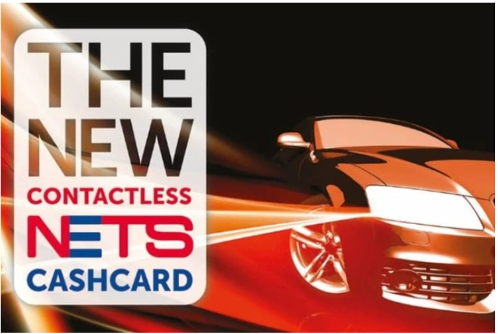
EZ-link card

NETS Motoring Card
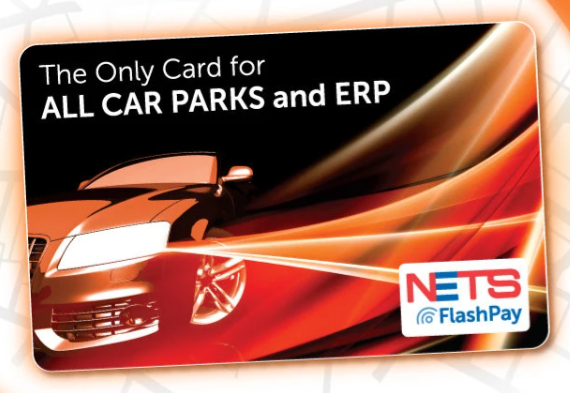
Transitioning from IU to OBU for Electronic Road Pricing (ERP)
In 2020, the Land Transport Authority (LTA) announced a change in ERP system for all vehicles registered in Singapore to replace the currently installed IU with a new ERP device, the OBU (on board unit).
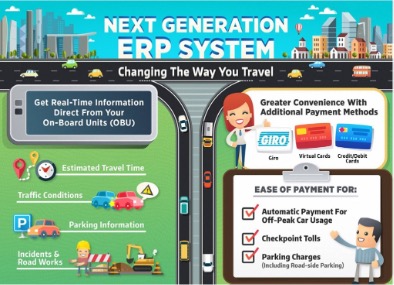
IU to OBU
The IU currently installed as the OBE is replaced with the OBU (on board unit).
Both of the IU and OBU can only measure tolls and pay tolls when communicating with the ERP gate, as well as electronic payment for parking fees. However, the new OBU provided by the government informs the user real-time traffic information adjusted to their location and automatic payment for off-peak drivers who are on the road during peak periods.
Yes, it means motorists no longer have to use printed parking coupons!
In terms of payment, currently, only the three above mentioned cards can be used for the current IU (Cash cards, EZ-link card and NETS Motoring card).
Meanwhile, for to the new OBU, credit cards and debit cards, as well as automatic withdrawals from accounts will be available upon registration.
The OBU will have two designs, a single-piece unit for motorcycles and a three-piece unit, consists of touchscreen, antenna, and touchscreen display, for cars.
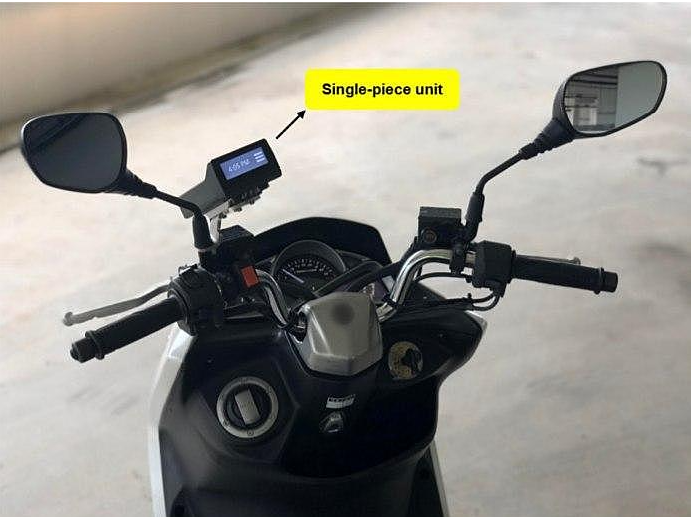

Future of ERP System:
Currently, ERP gates are installed at various locations for billing. However, after the change, Singapore plans to change the system to one that does not rely on ERP gates but uses satellite communications to set billing points on a digital map from location information and wide-area communication networks.
When is the Implementation Scheduled?
The LTA announced that the installation work for all vehicles will start in the second half of this year, but it has not started yet. According to the LTA, Installation of next-generation ERP units is delayed to the second half of 2023 due to global microchip.
In our company, we will prioritize taking care of your car as soon as we receive instructions from the LTA. We will install it at the designated LTA location, and you don’t need to worry about any special arrangement or preparation.
However, if you are the car owner, please install the OBU following the LTA instructions.
The OBU fee for this change is free of charge.
With the ongoing commitment from the government, Singapore’s transportation landscape is headed towards a greener, more efficient, and technologically advanced future. By staying informed about these changes and embracing them, drivers can contribute to a more sustainable and optimized road network in the Lion City.

